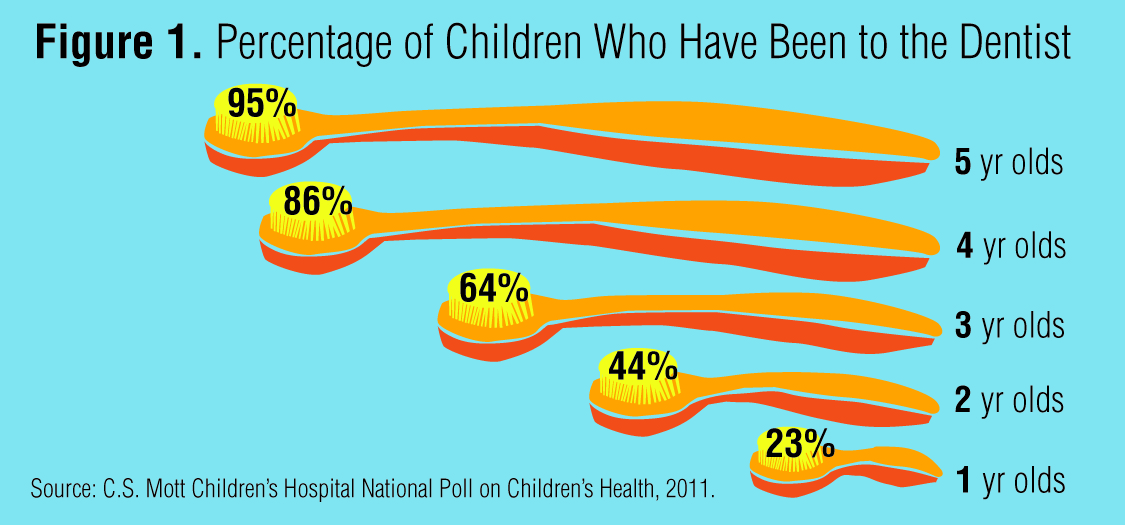Discover The Groundbreaking Technologies Reinventing Oral Surgery. Discover The Future Of The Area And Remain Ahead Of The Game. Click Currently For A Glimpse Into Tomorrow!
Discover The Groundbreaking Technologies Reinventing Oral Surgery. Discover The Future Of The Area And Remain Ahead Of The Game. Click Currently For A Glimpse Into Tomorrow!
Blog Article
Composed By-Borg Hessellund
Welcome to the globe of oral surgery, where developments and advancements are forming the future of the area! In this exciting realm, you'll witness the transformative power of robotics, the advanced wonder of 3D printing, and the game-changing impact of minimally invasive techniques.
The future of dental surgery holds a guarantee of precision, efficiency, and enhanced client end results. With the help of advanced robotics, specialists are able to carry out complex treatments with greater accuracy and control.
3D printing technology is changing the development of dental implants and prosthetics, supplying customized remedies that fit perfectly into each patient's one-of-a-kind anatomy.
Additionally, minimally intrusive methods are lowering post-operative discomfort and recuperation time, allowing individuals to return to their lives earlier.
Get ready to explore the exciting technologies and advancements that are improving the landscape of dental surgery!
Innovations in Robotics
One major improvement in dental surgery is using robotic innovation, which enables exact and effective operations. With https://veneers-for-teeth55398.slypage.com/33572166/children-and-preventative-dentistry-what-parents-need-to-know of robot systems, dental doctors have the capability to carry out complex surgical treatments with enhanced precision, reducing the threat of human mistake.
These robot systems are geared up with innovative imaging technology and exact instruments that make it possible for cosmetic surgeons to browse with complex anatomical structures easily. By utilizing https://www.digitaljournal.com/pr/news/imarc/dental-implants-market-projected-to-reach-new-heights-with-a-cagr-of-8-40-by-2028 , surgeons can attain greater surgical precision, resulting in enhanced client results and faster recovery times.
In addition, the use of robotics in oral surgery allows for minimally invasive treatments, minimizing the trauma to bordering cells and promoting faster healing.
3D Printing in Dental Surgery
To improve the area of oral surgery, you can explore the subtopic of 3D printing in oral surgery. This innovative technology has the prospective to transform the method dental specialists operate and deal with individuals. Right here are 4 vital ways in which 3D printing is forming the field:
- ** Customized Surgical Guides **: 3D printing allows for the production of highly exact and patient-specific medical guides, improving the accuracy and efficiency of treatments.
- ** Implant Prosthetics **: With 3D printing, oral specialists can produce personalized implant prosthetics that flawlessly fit a person's one-of-a-kind anatomy, causing much better end results and person contentment.
- ** Bone Grafting **: 3D printing allows the manufacturing of patient-specific bone grafts, decreasing the need for typical implanting strategies and improving recovery and recovery time.
- ** Education and learning and Educating **: 3D printing can be used to develop reasonable surgical models for instructional functions, allowing dental surgeons to exercise intricate treatments prior to performing them on people.
With its prospective to improve accuracy, customization, and training, 3D printing is an exciting advancement in the field of dental surgery.
Minimally Invasive Strategies
To even more progress the field of oral surgery, embrace the capacity of minimally invasive methods that can greatly profit both surgeons and people alike.
Minimally intrusive methods are revolutionizing the field by minimizing medical injury, decreasing post-operative pain, and accelerating the healing process. These methods include making use of smaller lacerations and specialized instruments to do procedures with precision and effectiveness.
By utilizing innovative imaging innovation, such as cone beam calculated tomography (CBCT), specialists can properly prepare and execute surgical treatments with marginal invasiveness.
Furthermore, the use of lasers in dental surgery permits specific cells cutting and coagulation, resulting in decreased bleeding and reduced recovery time.
With minimally intrusive strategies, patients can experience much faster recovery, lowered scarring, and improved outcomes, making it a crucial aspect of the future of dental surgery.
Final thought
So, as you can see, the future of dental surgery is unbelievably appealing, with interesting innovations and breakthroughs forming the area.
From the developments in robotics to using 3D printing and minimally invasive techniques, dental surgeons are changing the way they offer care.
While some may stress over the prospective cost connected with these innovations, it is very important to bear in mind that these modern technologies eventually enhance person outcomes and decrease healing time, making them well worth the financial investment in the long run.
